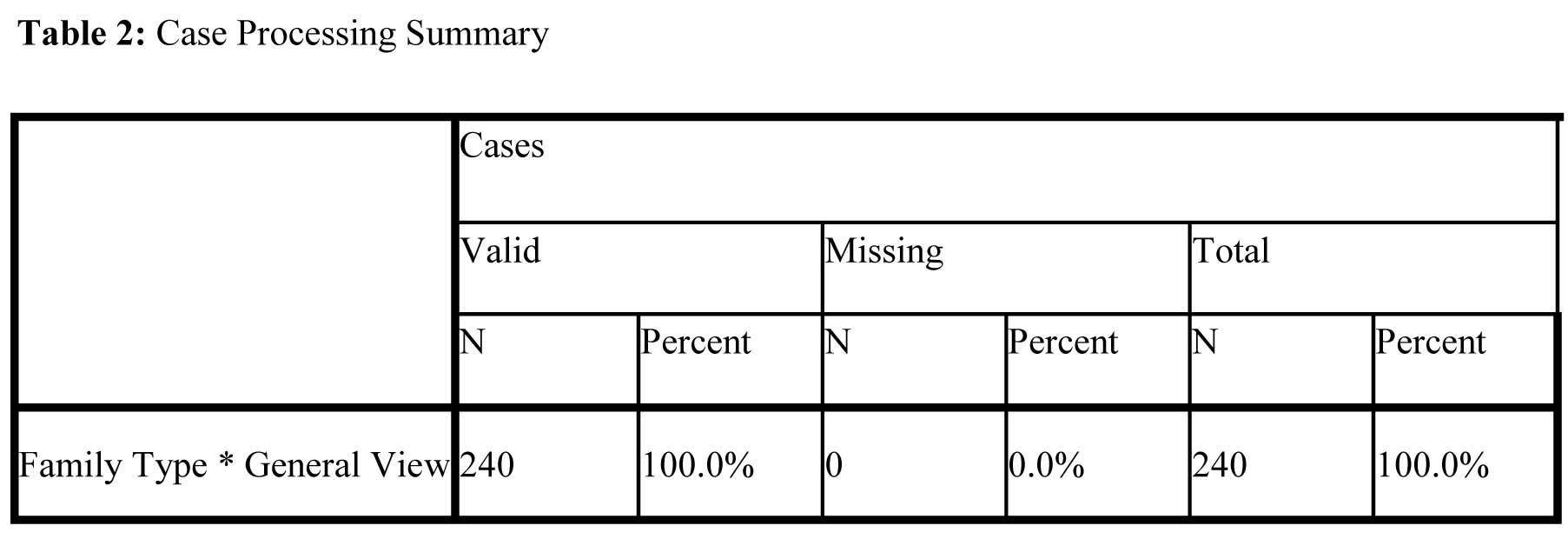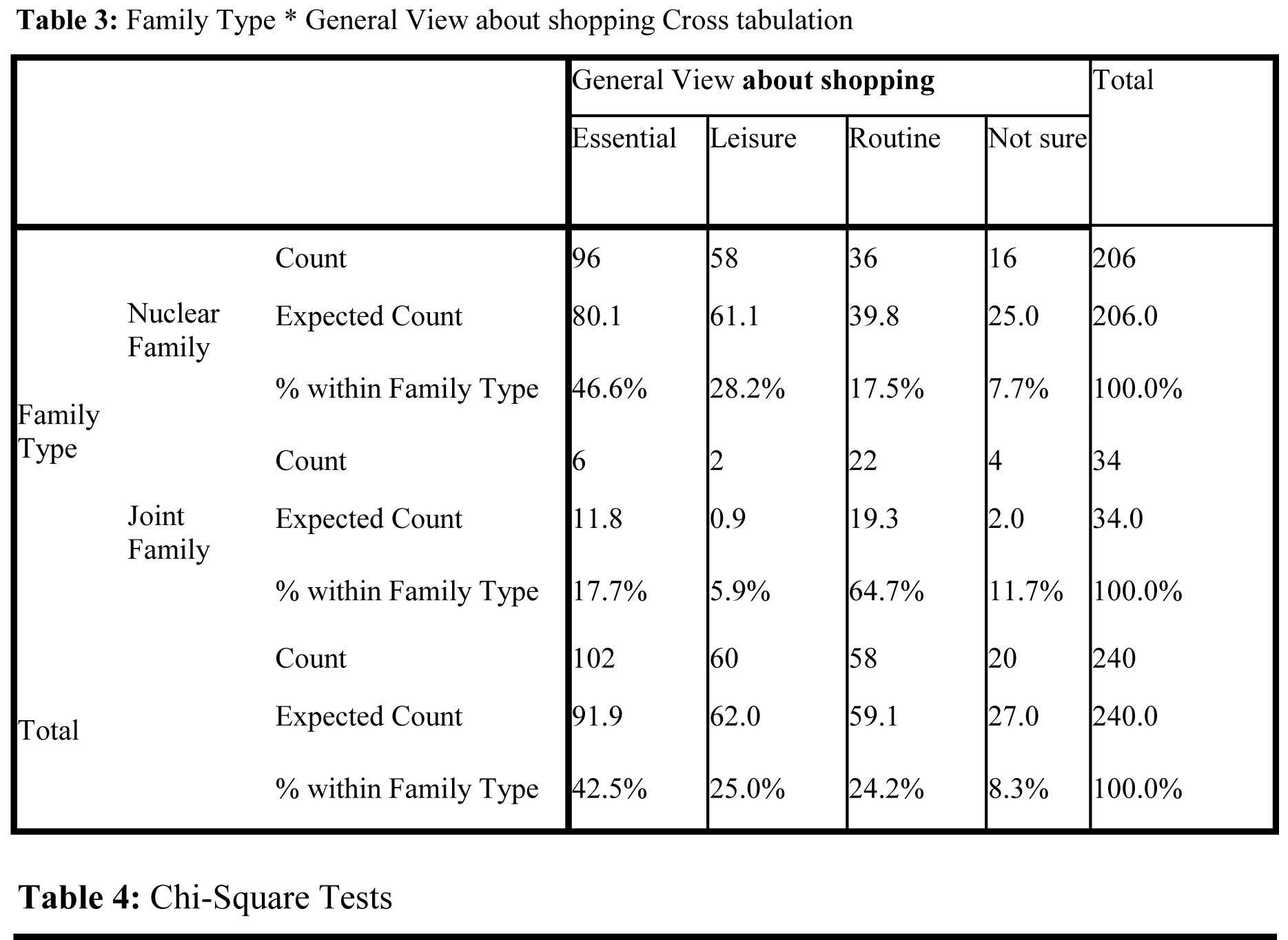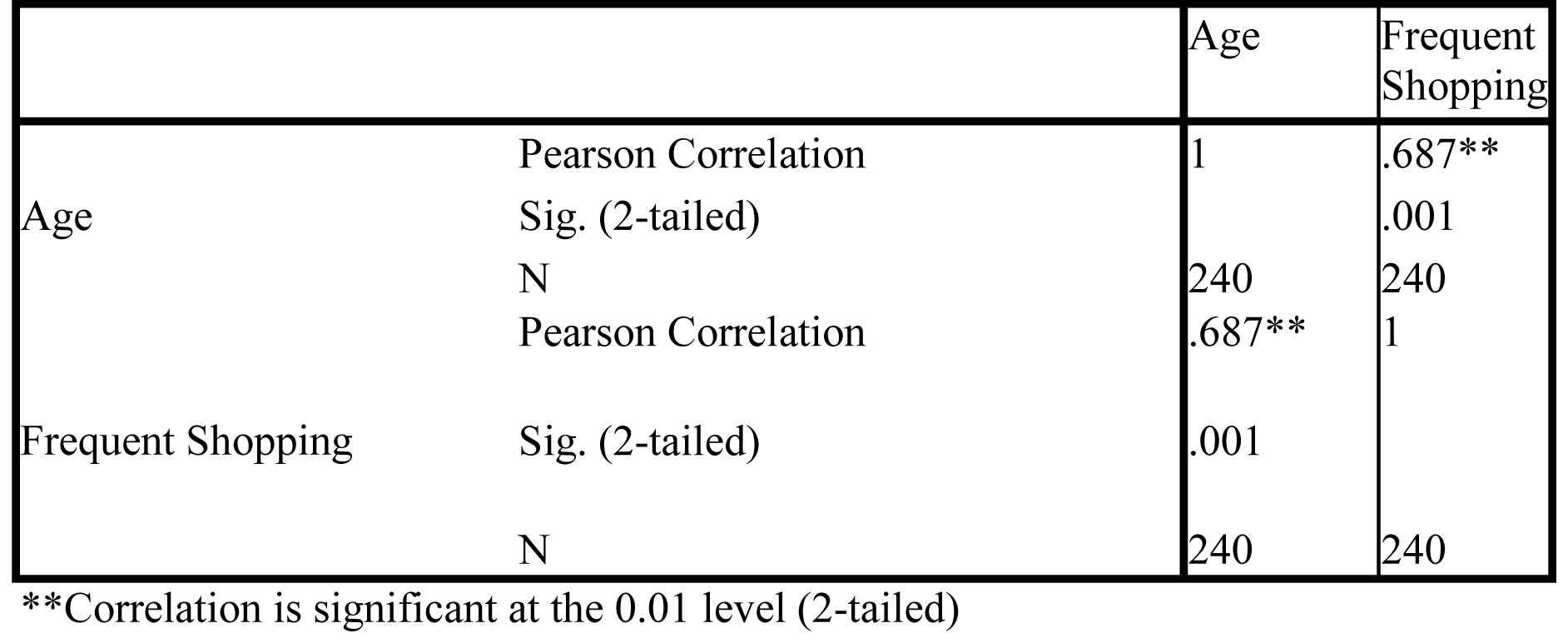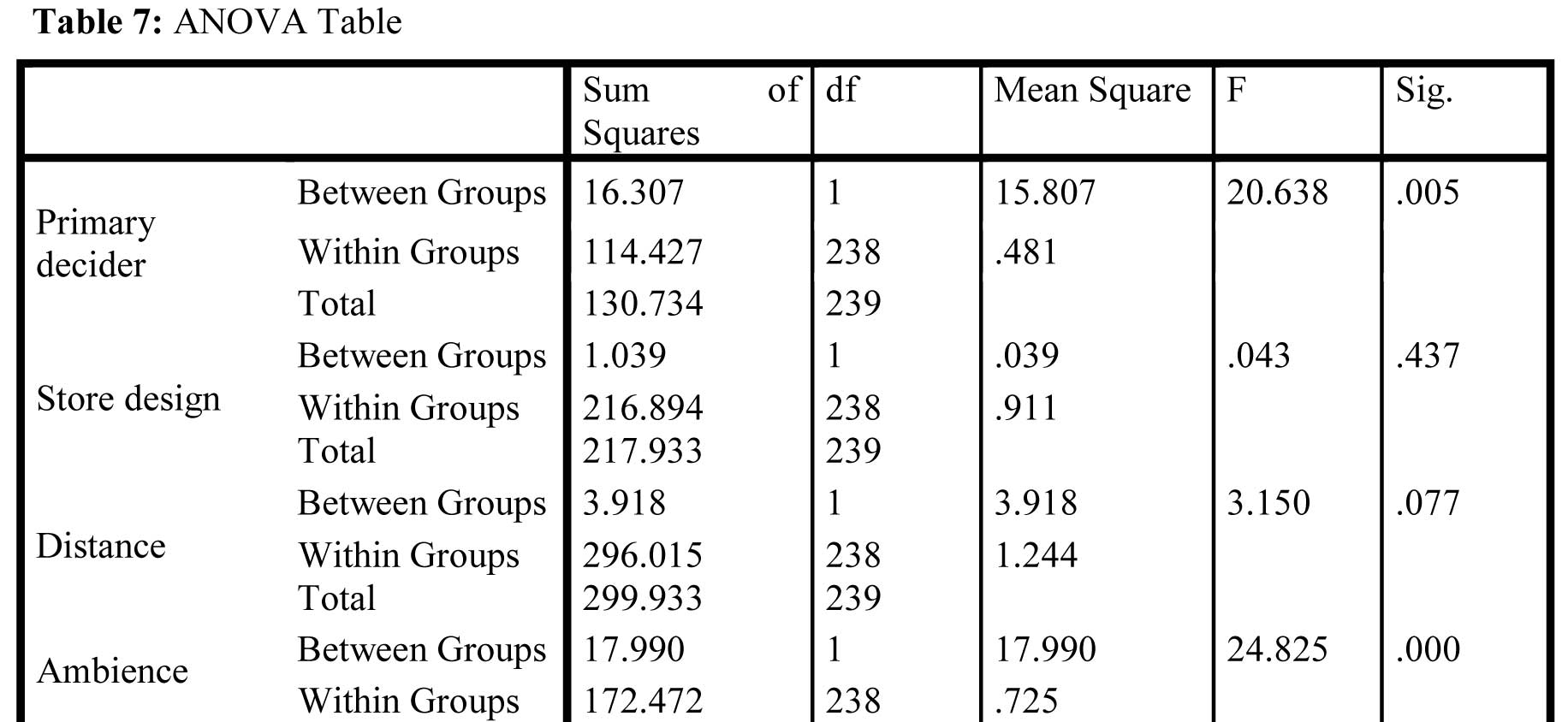Subscribe now to get notified about IU Jharkhand journal updates!
Women Consumers’ Buying Behavior In Organized Retail With Special Reference To Kolkata
Abstract :
India is a country with various personalities and resources where people wish to use a variety of products and services for their household consumption. Women can take the decision about shopping for her as well as family or group. Retailing is one of the largest private industry in the world also India’s fastest growing industry. Indian retail is spoken for a remarkable growth with the changing demographics and rising income and quality of life of the people. In this article the researcher would like to determine the various attributes that affecting to the women customers and their different segments like age, education, income segments, family type, marital status etc.The aim of this study is to analyse the demographic attributes of women consumers buying behaviour of organized retail in Kolkata, identify the factors influencing the women consumer’s decision-making process and assess whether any relationship exists between the factors brought out from the study and demographic factors. The various tools used like percentage analysis, chi-square test, correlation, Anova table analysis method. Finally, conclusions were given based on the findings to develop the retail growth as parallel with the consumer behaviour. This research article gives the tight remarks and direction for future research scope.
Keywords :
Retail, Women, Consumer Behaviour, Market, Customer SatisfactionIntroduction
In the beginning of 21th century, the organized retail sector has been performing extremely well throughout the world. The last decade is not only a period of quicksilver growth but also a period of optimism in case of organized retail sector. Retailing in India now has become a target one for marketers as because of the vast brawny growth it offers for all kinds of products and services.The term ‘Retail’ means break the bulk and has been described as business functions involved in selling goods and services to the consumers for their personal, family, non-business or household use (Berman and Evans, 2001).
In Indian retail environment, suitability and merchandise mechanism appear to be the most significant key factors influencing for choice of the retail store, although ambience and service are also becoming considerable in some context. In Indian consumer context retail market has undergone a major conversion since the liberalization process, initiated in the year 1991. The variety and mechanism of products sold, market size and product penetration, have all experienced a rapid continuous growing. Improved product choice and fall in real prices, matched by increased consumer economic status have driven the market growth rate to baffle heights. In Kolkata, the capital of West Bengal, has succeed in literacy mission with higher literacy rate and higher importance for education, inspiring self-employment and various Govt. of India affiliated social welfare schemes specially for women, better medical-healthcare facilities and lower mortality rates (that is higher life index), encouraging people to grown enough and maintain themselves better way and increase the purchasing capacity. So, the possibility of retail encouragement is more and more.
In this research issue, the author identifies some basic problem that to be determined in this study, which is how the perception of a consumer is influenced by the message, they kept themselves about the retail sector? Why a customer like a certain product to buy based on their need and also the earmarked origin? Given that the primary habit of a product groups being similar in a retail store, how do a consumer assess a product in continuity when they have no proper news about the root of a product.
In the present scenario, India’s retail sector is in the position of US$ 600 billion in 2016 and it is expected to become two times to US$ 1 trillion by 2020, whereas the overall retail growth is expected to grow near about 12 percent per annum and for this reason urbanisation, income growth and attitudinal growth will increase. Now the Indian retail market has received FDI (Foreign Direct Investment). In accordance with DIPP (Department of Industrial Policies and Promotion), during the period April 2000 to December 2016, the equity inflows happen near about US$ 936 million.
Consumer’s buying decision process is influenced by lots of factors such as internal or psychological factor, factors of firm’s marketing efforts, and external or socio-cultural factors. The internal or psychological factors dispense the extensive and deepest influence on consumer behaviour. It represents motivation, perception, learning, personality, attitude etc. The factors of firm’s marketing efforts describe about product, price, place and promotion. Whereas the external or socio-cultural factors implies the culture, sub-culture, social class, family, reference group etc.
Review Of Literature
Bell et al. (2001) confirmed that the main view point of the market is as seen through the ‘product assortment’, that means, from the consumer aspects that is how much or what is a customer want to buy from the market to increase a good insight into the formation and need of customer demand. Also, marketers seek need to make an additional elaboration, that view of the marketer’s actual situation. The expected marketing tricks must need to be improve and include the customers from the inside one. It is not just that a customer wants to buy something and most important in the part of product segmentation to think about the consumer segment.
Bhat et al. (2004) elaborated in their study of mixing model of customer which focus on a particular brand and the set of customer types who purchase the brand, and defines a brand’s customer-mix by the expected proportion of that brand’s purchases made by each consumer type.
Kotler (2004) developed a study and normally find out the basic answers to some queries, like why, what, where, how the consumers buy, etc. That is in every day basis the consumer made many decisions about their buying and most of the companies or brands, who are existing in the market, want to find out the buying behaviour of the consumer. In this study the cultural, social, personal and psychological factors, the marketers cannot control them before making any decision.
Pride & Ferrell (2007) confirmed that the purchasing behaviour involvement determines why the customer motivated to seek information about a particular product or brand. The involvement level, as well as other factors, affects an individual’s choice of one of three types of consumer buying behaviour these are routine response behaviour, limited decision making, and elaborated decision making. Kivetz& Simonson (2000) identified that the utility and degree of influence of every sources of information played a vital role and may vary by the product and by consumer.
Verma and Kaur (2001) conducted that there are three types of significant justices essential for consumer belief are procedural justice, distributive justice and interactional justice. In case of an Indian consumer, comfort, convenience and technology are the most as well as important judgemental issue for purchase a new car. For developing technological invention throughout the world, technological-mechanism has always played an important role for vehicle mechanic as customers have always permeated state of the art cars, also suggested that vehicle manufacturers must build a strong relationship with their customers.
Objectives Of This Study
The main Objective behind Carrying this study are as follows:
- To identify the factors influencing the women consumer’s decision-making process while purchasing goods.
- To assess whether any relationship exists between the factors brought out from the study and demographic factors like age, income and occupation.
Research Methodology
Research design:
The main aim of this survey is to know the customer influencing factors towards the organized retail outlet and find out the key factors for customer satisfaction. Therefore, descriptive research is being adopted to find out the customer satisfaction and characteristics of consumer.
Area of the study:
The survey is conducted among all class of women customers who are the regular purchasers and occasional buyers in the organized retail outlet in Kolkata city.
Research approach: Survey method and questionnaires method:
Primary data has been collecting through survey method. All the women respondents were asked to fill in the questionnaire by themselves. The questionnaire contains only closed ended questions and it was in a structured format which was clear and simple to the respondents.
Design of the questionnaire:
The main aim of the survey is to find out the comparative implication of all influencing key factors of women consumers’ buying behaviours by studying their behavioural patterns in retail sector. In the questionnaire, there were mainly six parts. The beginning part was to explain about the Consumer’s Demographic Profile, that was include the age, income, marital status, education, and family type of the women respondents. The second part was about Consumer’s view about shopping include frequency of shopping, influence decision maker, general view about shopping etc. The third part of the questionnaire elaborate about Consumer’s Decision Process, which was include judgemental the parallel important factors of the buyer. The fourth part was to analyse the Factors Affecting on Buying, which was related to influencing factors. The fifth part was about Consumer’s Behaviour on Buying, which was relative importance of factors and the last part was about Apart from utility needs, was related to additional facilities apart from buying.
Sample Size:
In this case sample size was 240 only.
Period of Study:
The study was conducted during the period May, 2018 - August, 2018
Sampling Technique:
As all the possible items were considered for research, theconvenience sampling method was adopted.
Data Usage:
For analysis and interpretation, only primary data was used. However, for conclusion and recommendations both primary and the secondary data along with the verbal knowledge and information although obtained from respondents, though they are outside the parameters of questionnaire were also included. The data collected from these sources was analysing using various tools like chi-square test, correlation and ANOVA method.
Research Instrument:
A standard questionnaire was prepared for collection of the data from various respondents. The questionnaire was designed in such a way that the aim of collecting essential information for the study would meet the set of objectives.
Tools:
SPSS version 20 was used to tabulate and analyse the valid responses. Initially, a comprehensive data file was created. Then, variables and their labels were defined. The Few statistical tools such as Person's Correlation, Chi-Square, ANOVA etc. was used for the analysis.
Data Analysis And Findings
Reliability Test
Cronbach’s alpha (measure of internal consistency) was used here to test the inter-item reliability of the scale for each variable. In table 1, Cronbach’s alpha scores over 0.75, suggesting that the item have a relatively high degree of internal consistency emphasized that a reliability coefficient of 0.70 or higher is considered “acceptable” in most social science research (Cronbach’s Alpha .70-.80 is considered respectable value). So, this alpha score is acceptable for an exploratory analysis, indicating that the factors within each variable are inter-related and measured in Likert scale from 1 to 5. Table 1 shows 240 cases and no missing values. Here we have the value is .867 which is considered very well and shows the internal consistency or can say how closely related a set of items are

Chi-Square Test
The Chi-Square test is the popular test of independence measure of two variables whether there is a relationship between two categorical variables or not. Here chi-square tables showing the significant relationship between the satisfaction level towards family type and general view about shopping of women respondents.
Hypothesis 1
H0 : There is no significant relationship between the family type and general view about shopping of the Women Respondents. H1 : There is significant relationship between the family type and general view about shopping of the Women Respondents.

Here is to determine the general view about shopping from a retail store irrespective of the family type. For this purpose, researcher have included the following items in the questionnaire about shopping from retail store are Essential, Leisure, Routine and Not Sure respectively. Whereas family type is two types: Nuclear family and Joint family. In case of nuclear family, the general view about shopping is essential followed by leisure and routine, where as in case of joint family, the routine behaviour found to be high followed by essential view about shopping. But overall view point about shopping is essential irrespective of the family.


There is a significant relationship between family type and general view about shopping, chi-square (3, N = 240) = 10.863, P = 0.05
From the above Pearson chi-square test the acquired value is 10.863 for general view about shopping from a retail store and the Family Type of the women respondents. The table value for the degree of freedom 3 is 7.815
Since the table value is less than the acquired value,H0 is rejected and there is significant relationship between the two variables - general view about shopping from a retail store and the family type of the Women Respondents.
The Phi-Cramer’s V value suggests there is small-medium effect size in this study.

- Not assuming the null hypothesis.
- Using the asymptotic standard error assuming the null hypothesis.
Pearson Correlation
Pearson Correlation measurement the degree of the linear relationship between the two variables. By linear relationship we mean that the relationship can be well-characterized by a straight line. So, a straight line does a well-job of describe the relationship. The range of Correlation is from -1.0 to +1.0.
Hypothesis 2
H0 : There is no significant relationship between the age of respondents and the frequency of shopping at organized retail outlets. H1 : There is significant relationship between the age of respondents and the frequency of shopping at organized retail outlets.


The above table value of Pearson’s Correlation is .687. From the above table it is show that the correlation between the Age of Respondents and the frequency of shopping at organized retail constitute a positive correlation that is r (238) = .687, p = .001. Here N = 240, the total number of population and N-2 = 238 is the degree of freedom. Hence H0 is rejected and there is significant relationship between the two variables – i.e., age of respondents and the frequency of shopping at organized retail outlets.
One-way ANOVA
ANOVA (Analysis of variance) is similar to the independent sample t-test. That is used to compare independent or unrelated groups. Where the independent sample t compares only two groups, the ANOVA can be used to compare 2, 3, 4 or more groups-as many as we need to test. Now the one-way ANOVA, the term one way stands for one independent variable. We use ∝ = .05 for our test, ANOVA is one-tailed by design.
Hypothesis 3
H0 : There is no significant relationship between the factors influencing consumer’s decision process and family type. H1 : There is significant relationship between the factors influencing consumer’s decision process and family type.


It is clear from the ANOVA table that only three factors have p value of less than 0.05 and hence the null hypothesis can be rejected for primary decider, ambience and save money.
With p value of less than 0.05, suggest that there was a significant impact between these three factors. But we do not know exactly where the impact is existed and at what point. So, we were used to post-hoc test to dive in and look those impacts and see where in fact they are.
Primary Decider:
A statistically significant impact on the groups as define by one-way ANOVA [F (1, 238) = 20.638, p = 0.005]. A Tukey’s post-hoc test explain that primary decider is statistically higher for nuclear family (2.47 plus minus 0.468, p = 0.015) than joint family (1.04 plus minus 0.302). The above result shows that consumers belong from nuclear family are more emphasis than joint family as a primary decider.
Ambience:
A statistically significant impact on the groups as define by one-way ANOVA [F (1, 238) = 24.825, p = 0.000]. A Tukey’s post-hoc test explain that ambience is statistically higher for nuclear family (4.03 plus minus 0.756, p = 0.001) than joint family (2.78 plus minus 0.698). The above result shows that consumers belong from nuclear family are more emphasis as compare to the joint family for ambience of a retail store.
Save Money:
A statistically significant impact on the groups as define by one-way ANOVA [F (1, 238) = 23.067, p = 0.001]. A Tukey’s post-hoc test explain that save money is statistically higher for joint family (3.83 plus minus 0.647, p = 0.011) than nuclear family (2.59 plus minus 0.565). The above result shows that consumers belong from joint family are more emphasis than the nuclear family for saves their money.
Conclusion
With the help of Pearson Correlation test, researcherfound that there is a positive correlation between the age of the respondents and their frequent shopping behaviour in organized retail outlets. By using Chi-Square test it is made clear that there is a relationship between the general view about shopping and family type of the respondents. In case of nuclear family, the general view about shopping is essential followed by leisure and routine, where as in case of joint family, the routine behaviour found to be high followed by essential view about shopping. But overall view point about shopping is essential irrespective of the family. From the ANOVA table it was found that primary decider, ambience and save money are getting more effective key factors irrespective of the others. This study focuses only age, income, occupation and family type of the women respondents and determining their influences.
In this context the researcher find that the organized retail stores are more effective and efficient outlets to provide excellent services than an unorganized retail store. On the other hand, the organized retail outlets are become an intimidation to the unorganized retail shop. Maximum women respondents are pleased with the excellence service provide by an organized retail store. Most of the cases they are please for merchandise display, quality of product and service, justified value of the product, promotional scheme etc. But sometimes they felt irritation due to lack of staff etiquette, slow delivery service, lack of proper product knowledge, a smaller number of billing window etc. On the other hand, store design, ambience, well known store, all types and variety kinds of products get under a single roof attract the customer’s mind. Some of the women respondents belongs from old age group are not satisfied with different types of modes of payment. Middle- and higher-income group respondents seeking some utility benefits like children’s play area, coffee shop, parking facility etc. Younger and employed women respondents are keener for recreation facility as well as online shopping facility. In this addition they are eager to use their credit and debit cards but this facility is not enough as per requirement. Most of the respondents are belongs from nuclear family. Some of them, especially young age is taking the word shopping as passion or leisure. Maximum women respondents are graduate so, it may conclude that the educated women are more responsible for their shopping. Majority of the women respondents belongs from nuclear family play a role as a primary decision maker in their family. It is also notified that women consumer is more price sensitive, eager to save money, loyal and want to become a shopping specialist.
Recommendation
First of all, increase the number of billing counters, take care about those respondents who want to pay their money through credit or debit card. Promotional scheme should be more scientific in nature so that customers can more attract and get some benefits from the both sides. Think about free home delivery service and more careful about after sale service. Staff etiquette is an important factor for organized retail outlet specially towards the women consumers. Always take care about safety part of a retail store. If possible, check those equipment’s twice in a month related to safety like, emergency door and lock, fire extinguisher etc. The organized retail outlet should provide proper trainingabout product knowledge, ambience of a store and behavior with the women customer.
Future scope
The study relates only to the womenrespondents of selected areas of Kolkata in West Bengal therefore, the findings may change if the same conduct in another city as well as irrespective of gender also may focus on the rural and urban population. This experiment may be expanding with some demographic factors like perception, attitude, belief, personality, lifestyle etc.This study is based on only 240 respondents, if increase the number of respondents, result may vary.
References
- Beatty, S. E., and Ferrell, M. E., (1988), Impulse Buying: Modelling its Precursors, Journal of Retailing, Vol. 74, pp. 169–191.
- Bell, D. R., Ho, T. and Tang, C. S., (2001), Store Choice and Shopping Behaviour: How Price form at works. California Management Review, Vol. 43, No. 2, pp. 56-74.
- Berman, B. and Evans, J. R.,(2001), Retail Management, 8th Edition, Upper Saddle River, Prentice Hall, NJ.
- Bettis, R. A., and Hitt, M. A., (1995), The new competitive landscape. Strategic Management Journal, Summer Special Vol. 16, pp. 7 – 20.
- Bhat, S. and Reddy, S. K., (2004), “Symbolic and Functional Positioning of Brands”, Journal of Consumer Marketing, Vol. 15, No. 1, pp. 32-43.
- Blackwell, R., ( 2001), Consumer Behaviour. 9th ed. Orlando: Harcourt, 98-117.
- Carpenter, J. M., and Moore, M., (2006), Consumer demographics, store attributes, and retail format choice in the US grocery market. International Journal of Retail & Distribution Management Vol. 34, No. 6, pp. 434-452.
- Goodwin, D. R. and McElwee, R. E.,(1999), “Grocery Shopping and an Ageing Population: Research Note”, International Review of Retail, Vol. 9, No. 4, pp. 403-409.
- https://www.ibef.org/industry/retail-india.aspxas on 05th June, 2018 at 21:20 hrs IST
- Kaushik, V. K., and Kaushik, N., (2008), “Buying Behavior for Passenger Cars: A Study in South West Haryana”, Indian Journal of Marketing, Vol. 38, No. 5, pp. 49-54.
- Kivetz, R., Simonson, I., (2000), The effects of incomplete information on consumer choice. Journal of Marketing Research, Vol. 37, No. 4, pp. 427-448.
- Kotler, P., (2004), “A Three-Part Plan for Upgrading Your Marketing Department for New Strategies”, Strategy and Leadership, Vol. 32, No. 5, pp. 4-9.
- Kotler, P., (1973), “Atmospherics as a Marketing Tool”, Journal of Retailing, Vol. 49, pp. 48-64.
- Levy, M. Weitz, B. A. (2002), Retailing Management, Tata McGraw Hill, Fourth Edition.
- Malhotra, N., (2010), Marketing Research, Pearson Publication.
- Marichamy, K., (2013), A study on consumer behaviour of women with special reference to durable goods in Madurai city, Tactful Management Research Journal, Vol. 2, issue 2, pp. 1-7.
- Pride, W. M., Ferrell, O. C. (2007). Foundations of Marketing (2nd ed.). Boston, MA: Houghton Miffin Company.
- Puri, R., and Sanghera, J., (1989), “Nutritive Value and Consumption Pattern of Some Processed Foods”, Ind. J. Marketing. Vol. 46, No. 6, pp. 24-27.
- Rao, S. G., (2002), Rural Marketing in India, Anmol Publisher, 1st Edition, pp. 11-14.
- Sinha, P. K., and Banerjee, A., (2004), Store choice behaviour in an evolving market. International Journal of Retail & Distribution Management, Vol. 32, No. 10, pp. 482–494.
- Sinha, P. K., Banerjee, A. and Uniyal, D. P., (2002), “Deciding Where to Buy: Store Choice Behaviour of Indian Shoppers”, Vikalpa, Vol. 27, No. 2, pp. 13-28.
- Verma, D.P.S., & Kaur, G., (2001), What the complaint expects: A study of car users, IIMB Management Review, Vol. 13, No. 4, pp. 39-44
